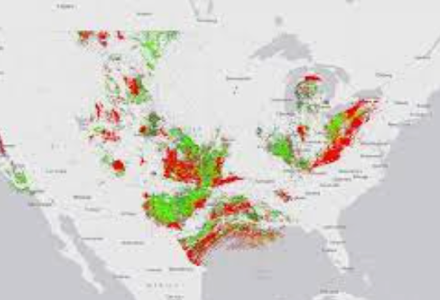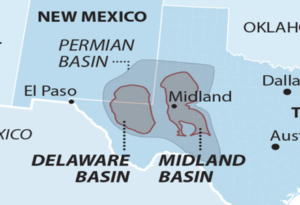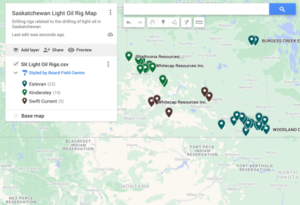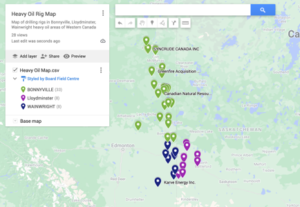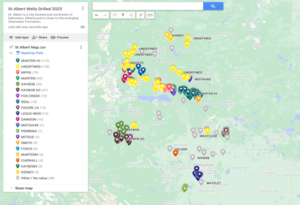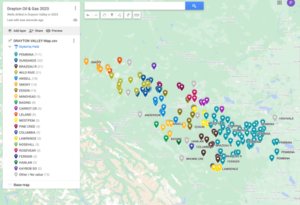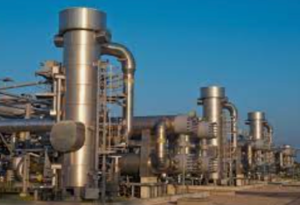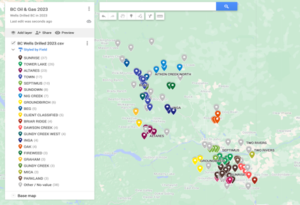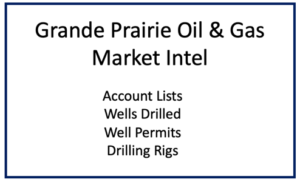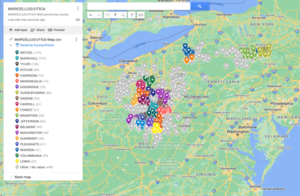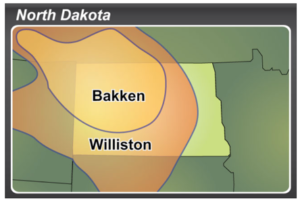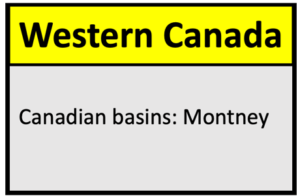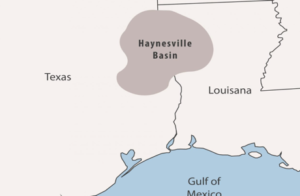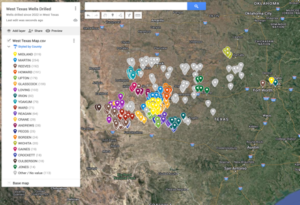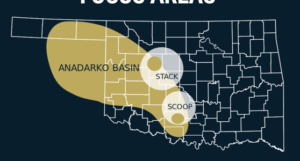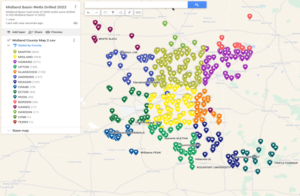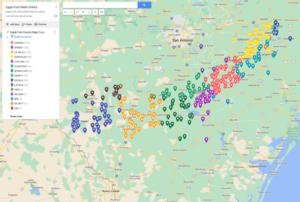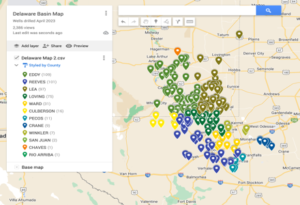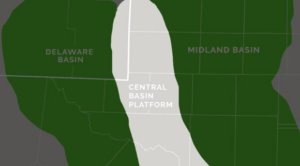The U.S. shale sector is entering a new era—one defined not by breakneck growth, but by resilience, precision, and reinvention. After reviewing public statements from top operators (who collectively drill 65% of all U.S. wells), and applying AI to extract common themes, here are the top five trends transforming oil & gas strategy for the remainder of 2025.
1. Capital Discipline: Margin Resilience Over Volume Growth
Operators are prioritizing margin resilience—maintaining strong profits despite market volatility. It’s no longer about chasing barrels at any cost. Today’s leading companies are:
- Reducing capital spend while sustaining production
- Maximizing rig and frac crew efficiency
- Avoiding knee-jerk cost cuts during downturns
Take Chevron as an example. Although rig count in the Permian remained flat year-over-year, their activity increased by over 20%, indicating better scheduling and utilization—not expansion. This is capital discipline in action: fewer moving parts, smarter execution, and stronger margins.
2. Operational Innovation: Doing More with Less
From drilling to completions, the U.S. shale sector is innovating at every step:
- Permian Resources cut average cycle time by 16%, reaching just 13 days spud-to-release.
- Devon Energy improved completions efficiency by 12%.
- ConocoPhillips is using AI to optimize drilling decisions in real time.
These aren’t just incremental gains—they’re structural changes. Operators are deploying AI, real-time analytics, and lean workflows to compress timelines, lower costs, and improve recovery. The result? More wells, faster output, and less risk.
3. M&A and Portfolio High-Grading: Building for the Long Haul
Strategic M&A is back—but it’s smarter. Instead of empire-building, operators are high-grading portfolios:
- ExxonMobil is blending Pioneer’s acreage with its heritage Permian assets, prioritizing cube-style drilling and advanced proppants.
- Coterra Energy acquired 49,000 acres in a top-tier zone of the Delaware Basin.
- Diamondback Energy is leaning into first- and second-quartile wells for maximum capital efficiency.
This shift means shedding marginal assets and doubling down on Tier 1 inventory that delivers strong returns across price cycles.
4. Infrastructure Leverage: Pipelines as a Profit Engine
In the Permian Basin, infrastructure is a strategic advantage—not just a necessity. With more than 10 Bcf/d of new gas takeaway and major expansions in crude and NGL transport through 2028, operators are gaining:
- Faster time to market
- Lower per-barrel costs
- Access to global pricing through Gulf Coast terminals
Midstream leaders like ONEOK, Energy Transfer, and Enterprise are racing to position ahead of demand—supporting everything from LNG exports to petrochemicals and AI-driven power demand.
5. Energy Diversification: Beyond the Barrel
The shale sector is rapidly expanding beyond hydrocarbons:
- Direct Lithium Extraction (DLE): Exxon, Chevron, and Halliburton are moving into lithium brines in the Smackover Formation.
- Carbon Capture (CCUS): Occidental, Exxon, and others are building large-scale carbon management businesses.
- Behind-the-Meter Power: Operators like Devon, ConocoPhillips, and Exxon are exploring gas-fired plants to power AI data centers—monetizing stranded gas and anchoring long-term demand.
Diversification isn’t just an ESG play. It’s strategic risk management and a bold step into the energy systems of tomorrow.
The Bottom Line
2025 is shaping up to be a watershed year for U.S. shale. Operators are evolving into multi-dimensional energy companies—disciplined, digitally enabled, and globally connected. The future isn’t just about barrels. It’s about building smarter portfolios, faster operations, and resilient revenue streams in a complex energy landscape.

